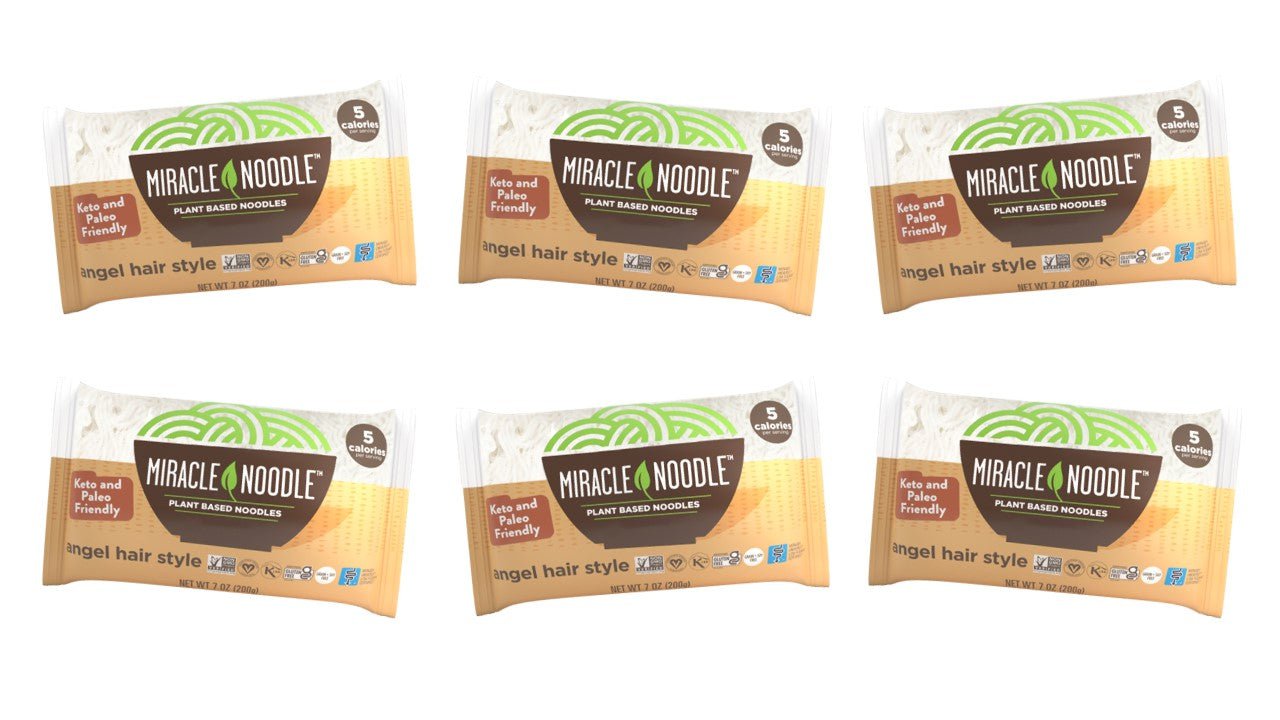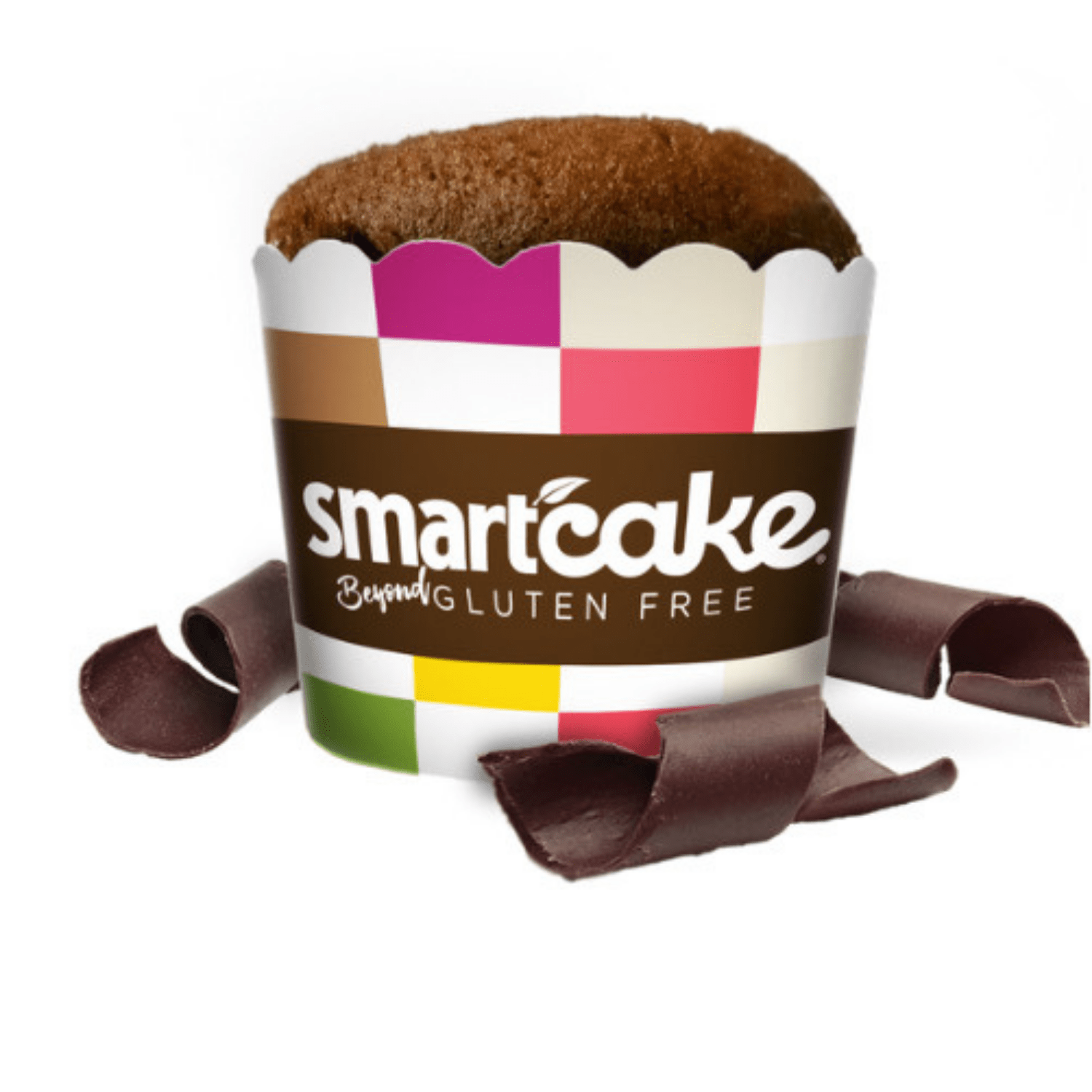There are over 26 million Americans who have diabetes. You’d think in this technological age, with an app for everything under the sun, it would be easy for diabetics to manage their blood sugar and insulin levels.
But this often is not the case. Although people with diabetes have been using self-monitoring tools for several decades now, and were arguably the first collective of those with a chronic health condition to self-monitor, pricking your fingertip is still a pain in the … finger.
The technology to make it easy to record blood sugar and insulin levels has not yet caught up to other fitness- and wellness-tracker type apps.
Diabetics still need to draw blood, although it hopefully won’t be too long until a bloodless glucose monitoring device, which can communicate via Bluetooth technology to help tracking on smart phones, arrives on the market.
It would be one thing if diabetics only had to self-monitor once a day, but having to do it at least a few times a day can become a drag.
It’s no wonder that even though the American Diabetes Association recommends self-monitoring, this study concluded that only 5 percent of diabetics self-monitored daily.
Though doctors recommend self-monitoring, medical professionals are assuming that those with diabetes have the nutritional literacy to modify their dietary intake to bring blood glucose and insulin levels in balance.
[Insert shameless promotional plug here: Of course, Miracle Noodle allows diabetics to fall back in love with pasta again without fear or the noodles raising blood sugars or elliciting a heavy insulin release. Just make sure to add low-sugar sauce to the noodles so you don’t spoil the health benefits of the Miracle Noodles.]
But not everyone has the time, or frankly the interest, to learn about nutrition. Some may think that drinking apple juice is healthy, because, well, apples are generally regarded as healthy. Some may also think that eating a bowl of fruit and granola in the morning is healthy because both contain no cholesterol. People who assume this are ignorant to the fact that consuming large amounts of fructose (fruit sugars) and grains (such as granola) raise blood sugar levels.
Thus, until nutritional literacy is improved, doctors should give their patients a crash course in foods to avoid, such as often-regarded-as-healthy, fruit (in moderation fruit is ok, say a handful of blueberries and half an apple a day).
Self-monitoring, not just occasionally, but several times per day can be downright depressing. In fact, diabetics are twice as likely to suffer from depression. Having to manage a chronic condition for the rest of your life in what many consider an invasive way can get you down.
Does that mean it’s not worth it to self-monitor? Hardly. Learning to manage your diabetes by eating less foods that raise blood sugar levels, coupled with exercising is the most powerful tool to fight diabetes. Miracle Noodle can help, but it’s up to you to have the drive to improve your diabetes, even if it means self-monitoring a few times a day.
But hopefully, medical device companies will soon create a better self-diagnostic tool that require no blood sample. It’s about time medical device manufacturers help the diabetic community, by catching up to the rest of the diagnostic technology that’s out on the market.
This blog was inspired by a fantastic article in The Atlantic by Thomas Goetz, who recommends Ginger.io, an app that helps diabetics manage their condition in a social-sharing type setting.
Save 15% on Miracle Noodle Every Time!
Get 15% off every order by enrolling in the Miracle Noodle auto ship program. Choose which products you want delivered and how often. It’s that simple. JOIN TODAY!
P.S. We also have online gift cards!


